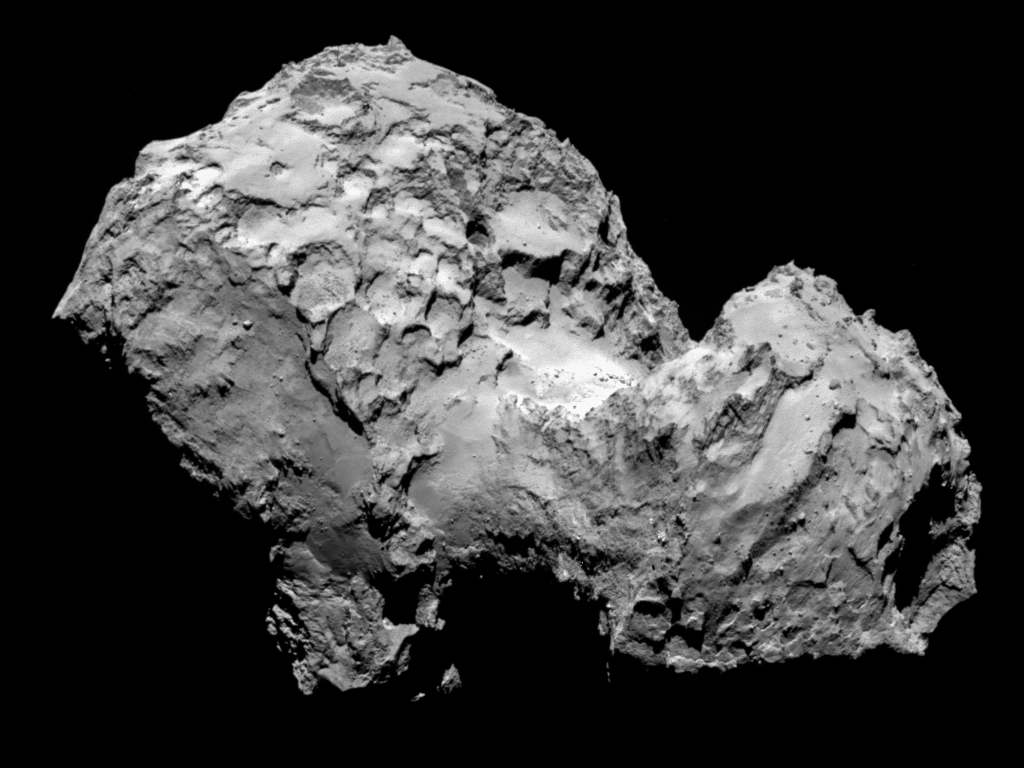ESA – The Rosetta Comet takes 12.4 hours to finish one rotation, but recently mission controllers reported that the duration is extending by almost a second a day. The rate of change is accelerating as Comet 67P becomes more active. The reason behind the extended duration is considered as the gas jets that releases out […]
ESA – The Rosetta Comet takes 12.4 hours to finish one rotation, but recently mission controllers reported that the duration is extending by almost a second a day. The rate of change is accelerating as Comet 67P becomes more active. The reason behind the extended duration is considered as the gas jets that releases out of the comet. They act like thrusters and affect the speed of the comet.
The aerodynamic effects play an important role as the jets are getting better and stronger. Navigators utilize an advanced system of landmarks to understand how comet is rotating and moving through space.
The necessary data is entered into the system that helps design a trajectory for the satellite. It was while running this system the European Space Agency noted the landmarks didn’t appeared in the right place at the anticipated time.
In September 2014, it was noticed that the rotation period was increasing by 33 milliseconds a day. With the comet approaching closer to the Sun and thrusting out larger volumes of dust and gas, the rotation period is increasing by a second per day. The gases expel out of the comet have speed of 800 metres per second. The team has taken variations into account. Rosetta is a big spacecraft with sixty-four square metres of solar panels.
The team of ESA said that the comet is not going to halt completely but it provides an order of magnitude for the preciseness that the team is witnessing with navigation of the Rosetta around the comet.
In December and January, the spacecraft was able to approach within 30 kilometers of Comet 67P. It entered into a gravitationally bound orbit at that time. The spacecraft retreated and the same performance is not achievable now. Utilizing its propulsion system, the spacecraft is currently moving in hyperbolic orbits around Comet 67P, coming no closer than about 60 kilometres or 70 kilometres.


Leave a Reply